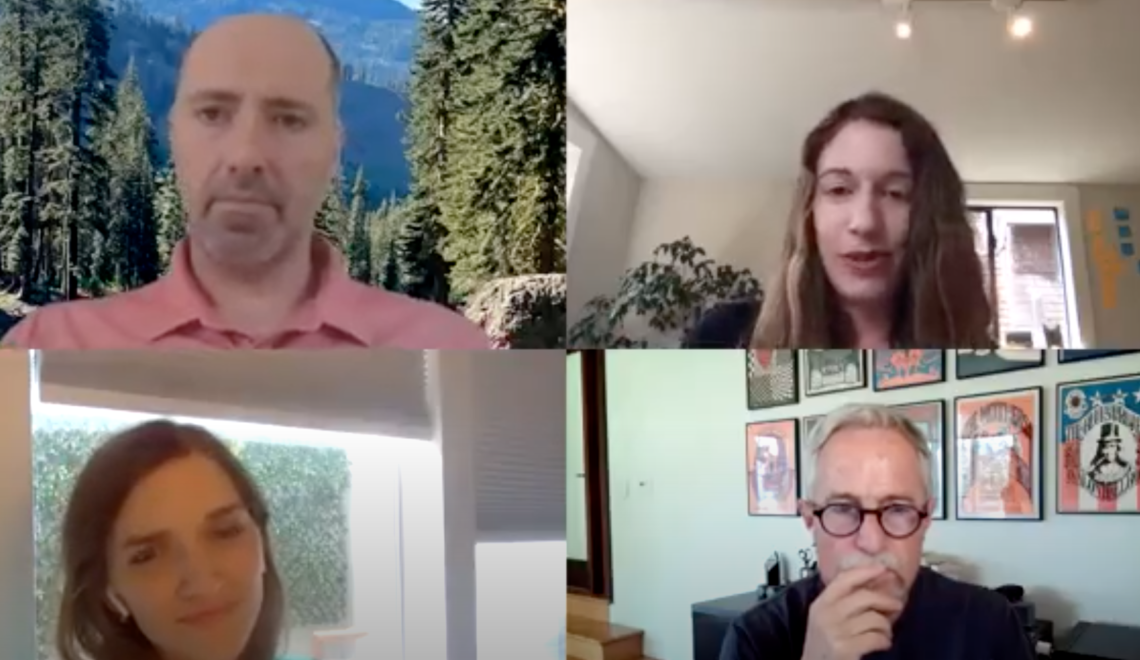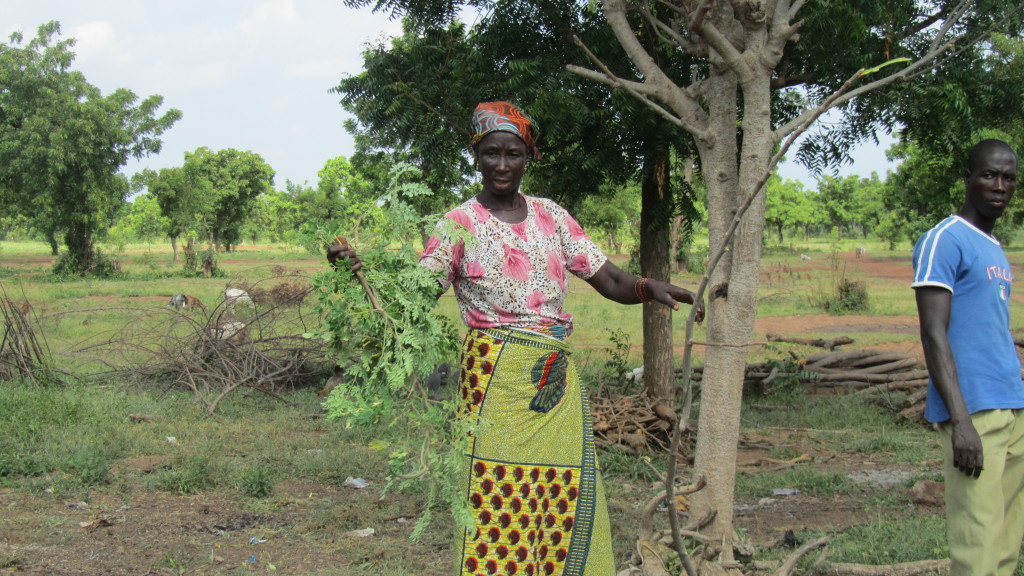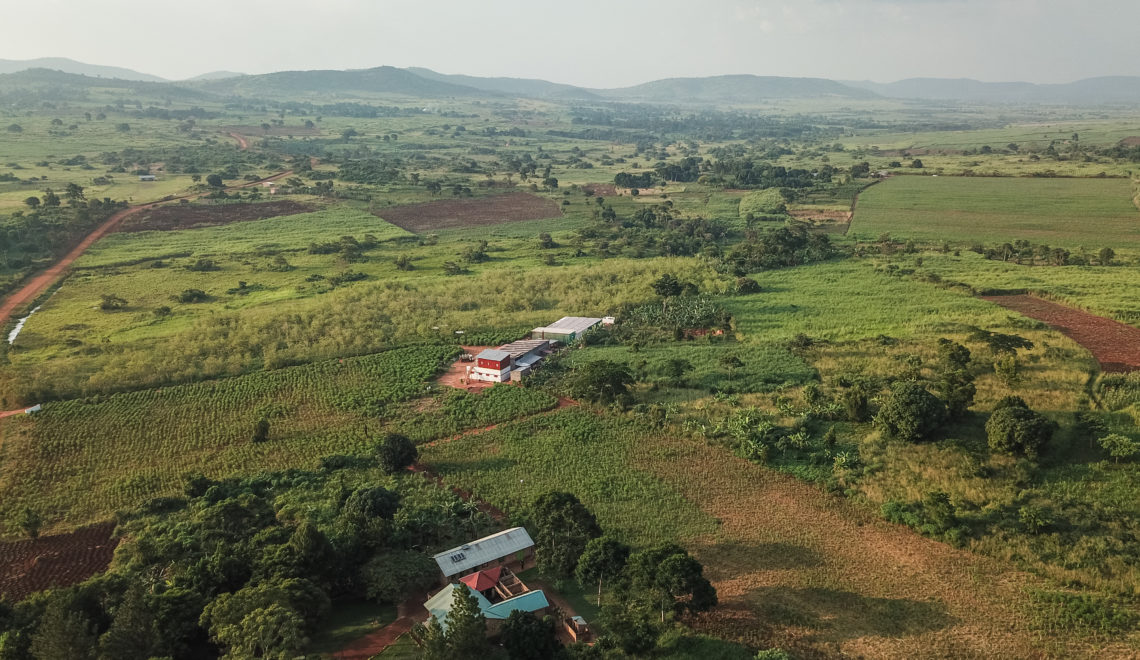California has experienced plenty of drought, with more than 50% of the state in moderate drought as of 2020. And now, as of September 2020, the biggest wildfire in California history is happening, after weeks of orange skies and fires throughout the state. California is currently experiencing the worst fire season on record, and climate change is happening on a local level for our Oakland-based company. It’s easy to feel overwhelmed.
The water shortage has had huge impacts on livelihoods and the economy, and especially on the California agriculture system. In 2009, California’s crop yield made up 16.5% of the U.S.’s total crop revenue, and 6.5% of the U.S. livestock revenue. California also produces almost half of the fruits, vegetables, and nuts produced in the U.S. Decreasing water supplies affect growing capacity, the economy, and livelihoods. Water rights are very fragmented in California, and different municipalities own different parts of water infrastructure, so it is a very hard system to manage.
Given this state of emergency, what can CA residents (and non-CA residents) do to reduce their own impact on the drought at home? Given the wildfires throughout the state, how can one individual help climate change?
-
Get involved.
Climate change needs to stay on top of our politicians plan, with tangible tasks they are going to do to address the large and most polluting industries in our state. Do your research and see if there is a local or regional group you can get involved with, that puts pressure on politicians to act on behalf of their citizen’s concerns for a sustainable future. This is one of the biggest ways any individual can help.
-
 Don’t let the tap run.
Don’t let the tap run.Letting the water run, or even drip slowly, while you’re not actively using it is a big water-waster. While you’re brushing your teeth or washing dishes, turn off the tap in the interim time when you’re not actively using it.
-
Run full loads.
For laundry and washing dishes, running loads that are full makes sure that you are only using the water you really need. Plus, it makes for fewer loads and less work!
-
Run your sprinkler system manually.
Many timed sprinkler systems don’t account for recent rainfall and don’t water just the plants that need it the most. Try only running your sprinklers when you really need to. When you do turn them on, focus on the plants that need the extra water the most. For example, most lawns only need about 1 inch of water per week.
-
Go native.
Native plants are more suited to the local climate than the typical lawn. In California, for example, native plants are built to withstand a dry climate and don’t need to be watered as much. Filling your garden with mostly native plants will save you water and work to keep them alive in an unfamiliar climate. Putting a layer of mulch around plants and trees in your garden will also help them retain moisture.
-
Reduce your carbon footprint.
It may seem like an unrelated issue, but power plants use tons of water to produce energy for the grid. By biking more, turning off the lights, and unplugging your devices, you can also save water! To reduce your carbon footprint, you have to know your carbon footprint first. Calculate your footprint so you know where to focus your efforts!
-
Eat fewer water-intensive foods.
Eating local foods reduces the amount of water used in transporting and preserving them in travel, and many specific foods require a large amount of water to produce. Meat, especially beef, pork, and lamb, as well as almonds, walnuts, eggs, rice, soybeans, avocados, and wheat, are some of the most water-intensive foods. Almonds use 2,126 gallons of water per pound produced, and beef uses 1,875 gallons per pound. As a consumer, you are powerful in your decision on where to spend your “dollar vote” at the grocery store.
By buying less water-intensive foods, you are demonstrating your commitment to more efficient food products that are more compatible with the current drought conditions. Easy ways to do this include eating less meat, and eating vegetables like lettuce, tomatoes, and broccoli instead of avocados, green beans, and corn. Moringa is also a great example of a food that requires very little water to produce. Moringa trees are great at growing in dry conditions!
-
Replace shower heads and install dual-flush systems.
Changing to a low-flow or water-saving shower head reduces water waste by over 50%. These are super easy to buy at the hardware store and install on your own. The same goes for dual-flush toilets – you can change the system on your existing toilet to one that can do both a half-flush and a full-flush, which saves up to 70% of water flushed and can decrease your indoor water consumption by 30%.
-
Check your pipes for leaks and insulate them.
Leaks are very common in household pipes, and repairing these leaks with cheap toolkits that you can find in a hardware store is super easy and makes a big difference. It is easy to check for a leak using your household water meter – look at the meter, wait for 2 hours while no one in the house is using water, and look at the meter again. If it is different after these 2 hours, then there is a leak. Insulating your pipes, which is especially important during the very hot and very cold months of the year, also helps your pipes remain efficient and lose less heat.
-
Use a reusable water bottle.
Plastic single-use water bottles that you can buy in stores do a lot of harm to the environment. This is true both in terms of resources to manufacture them and waste they create in natural ecosystems, which harms wildlife. It takes three times as much water to make a plastic bottle as it does to fill it, and reusable water bottles last a lifetime and don’t produce harmful waste upon disposal. There are also much more stringent regulations on the quality and safety of tap water than bottled water. Therefore it is also healthier for you to refill from the tap!
It does make a difference when we treat every day like Earth Day. The cumulative impact from your efforts could double if you make a pact with a friend. Please share this article with a friend to spread the word about everyday actions that can help!
Can you think of other ways to reduce your carbon footprint? How can you encourage your workplace or household to do the same? Let us know in the comments!
Tag us @kulikulifoods to learn more about our sustainability initiatives.
Resources:
- http://www.sfgate.com/science/article/California-drought-Sierra-snowpack-is-barely-5446649.php
- http://www.latimes.com/science/la-me-g-california-drought-map-htmlstory.html
- http://www.sfgate.com/science/article/California-drought-Sierra-snowpack-is-barely-5446649.php
- http://www.motherjones.com/files/2agovstat10_web-1.pdf
- http://eartheasy.com/live_water_saving.htm
- http://www.ecology.com/2014/08/29/water-intensive-food-impact-california-drought/
- http://www.huffingtonpost.com/norm-schriever/post_5218_b_3613577.html
- http://www.huffingtonpost.com/2014/01/17/california-drought_n_4617755.html









